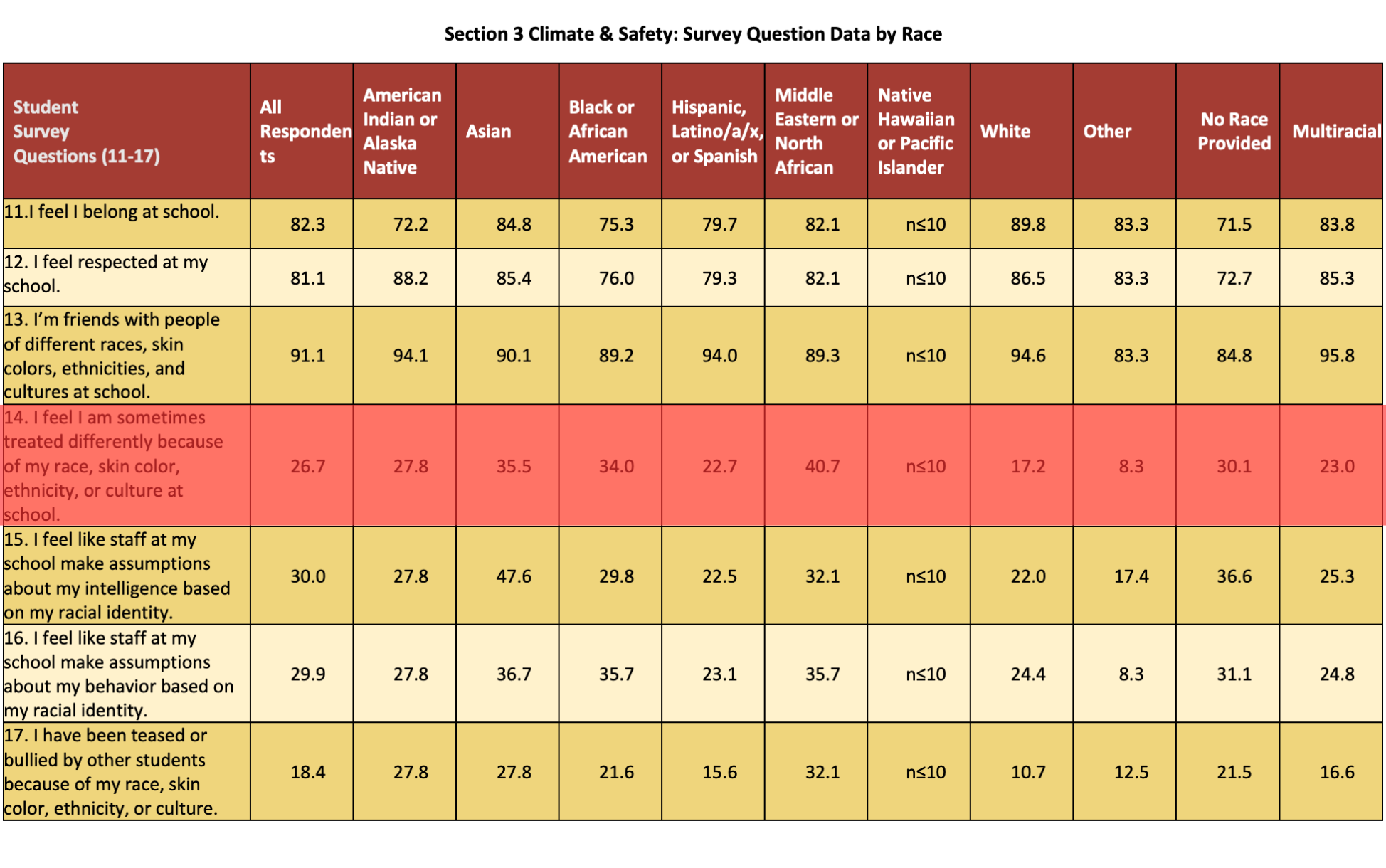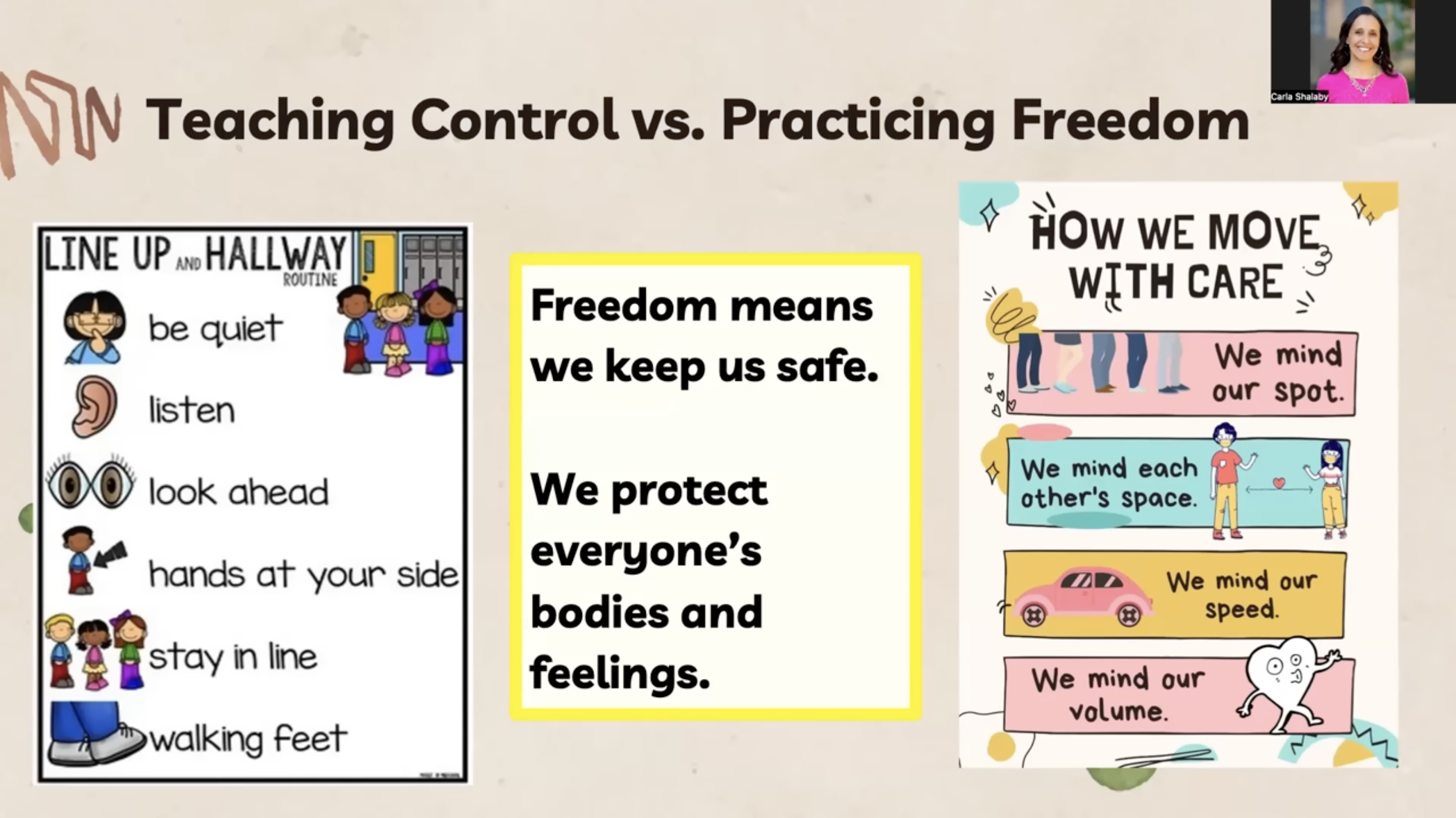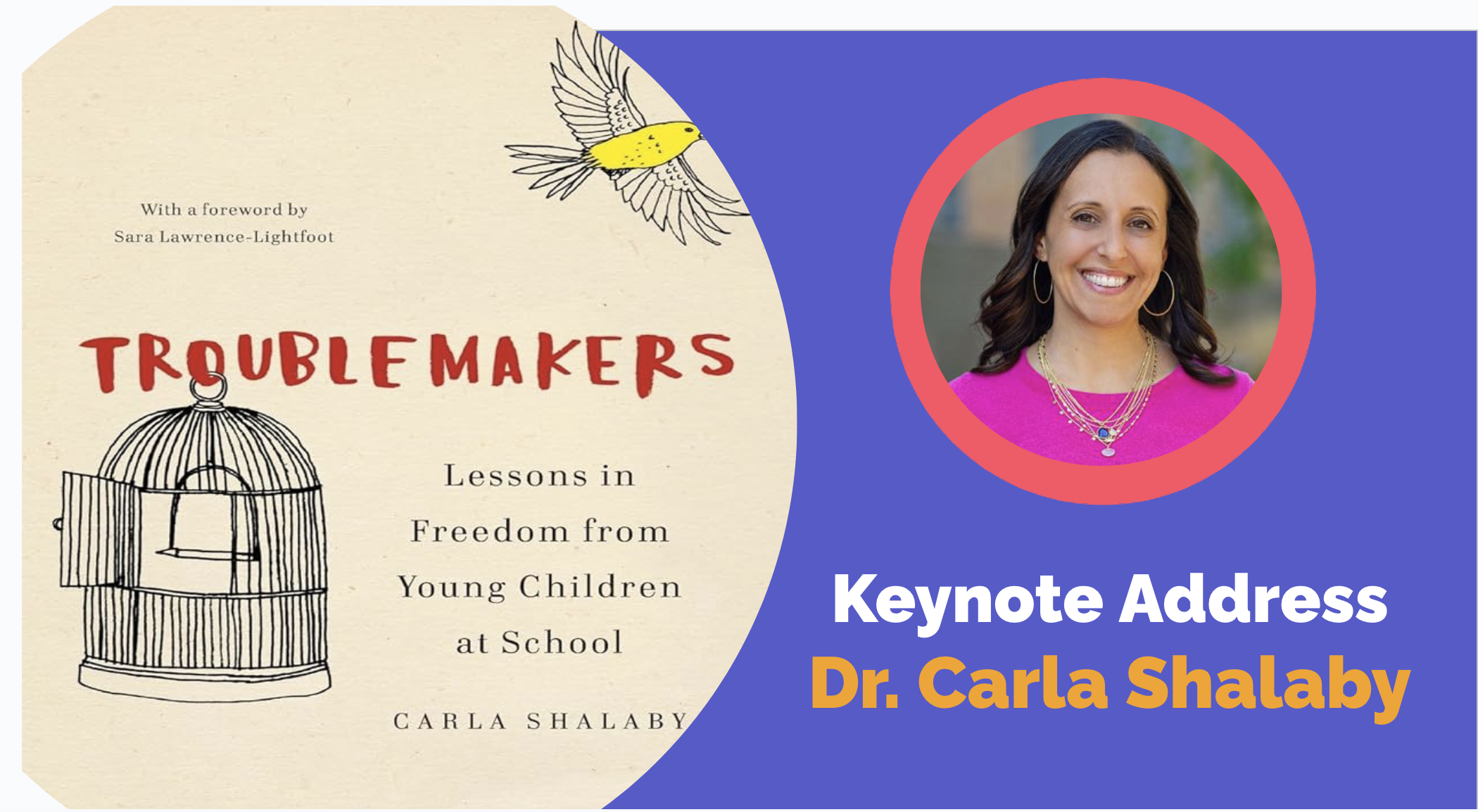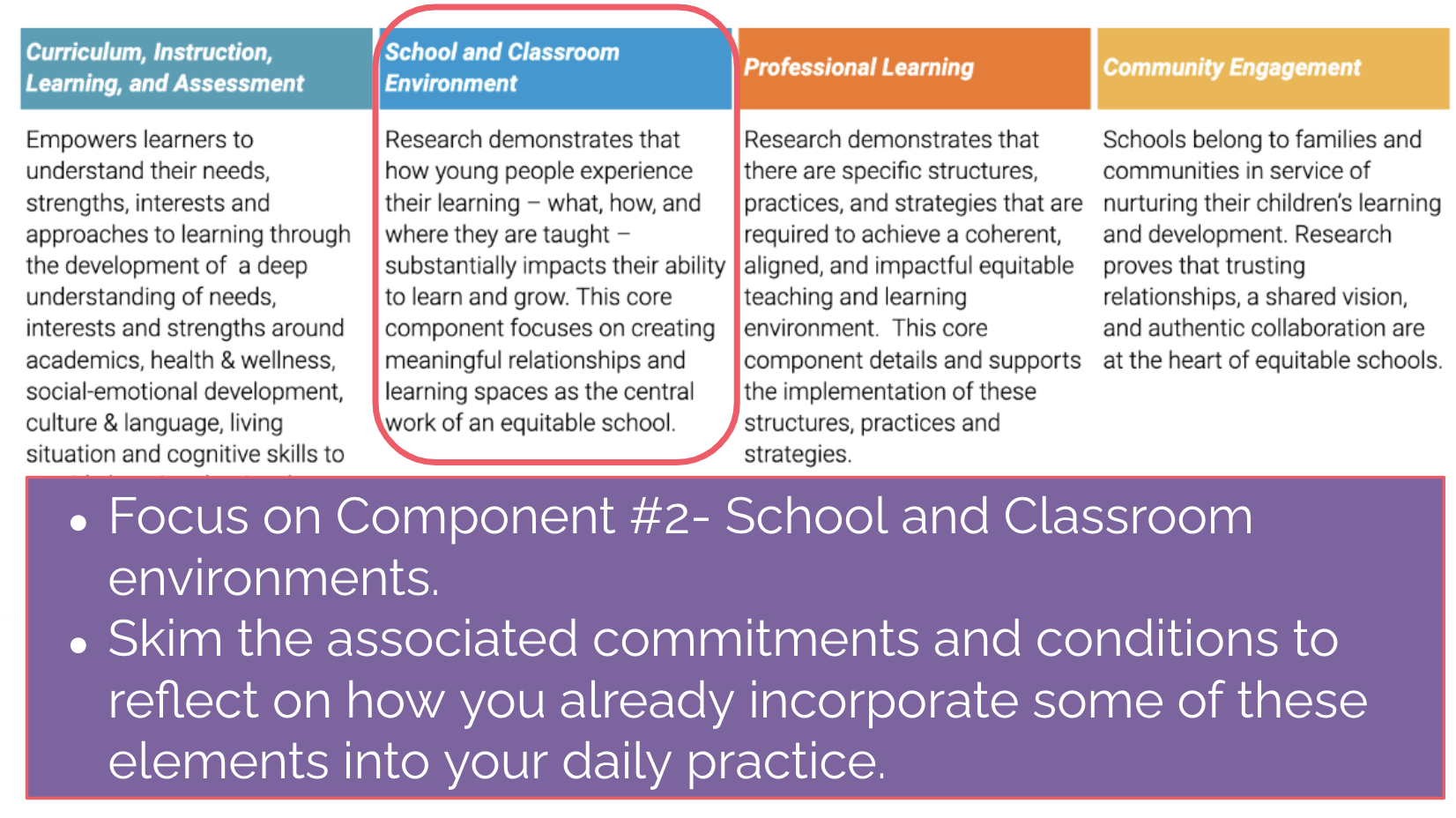County-wide antiracism professional development training stirs controversy at Blair
MCPS held a county-wide antiracism professional development training at each school, frustrating many Blair staff members during their training
Editor's note: Silver Chips Online fully supports the teaching of Critical Race Theory.
MCPS has organized multiple county-wide professional development trainings in the past. However, none have sparked as much controversy as the most recent one at Blair. On Oct. 9, a professional day, MCPS’ Equity Initiatives Department organized an antiracism training at all schools. The most recent was not something Blair teachers – especially those of color – could simply sit back to and ignore.
Antiracist audit
In Oct. 2020, following a 2.6% increase in racial bias incidents at schools in 2019, MCPS contracted the Mid-Atlantic Equity Consortium (MAEC) to conduct a systemwide antiracist audit of MCPS’s practices and policies. For over two years, MAEC gathered information from over 130,000 students, staff, and families through surveys, conversations, and focus group discussions.
The intent of the audit was to identify ways to increase equity for every student’s academic and social-emotional well-being by analyzing six key areas: school culture, workforce diversity, work conditions, curriculum, community relations and engagement, and equity of access.
The audit revealed that students and staff members of color had consistently lower rates of satisfaction with MCPS. Students of color reported facing racial bullying, harassment, and microaggressions in 29 out of 36 focus groups. At Blair, more than one in three students of color also reported being treated differently because of their race, skin color, ethnicity, or culture at school.
After receiving the data from MAEC, MCPS created an Antiracist System Action Plan in May. As a part of this plan, MCPS sent an antiracism presentation created by staff on their Equity Initiatives Department to staff development teachers at schools about the results of the antiracist audit and provide information on antiracism teaching practices. Most schools, including Blair, conducted the presentation on Oct. 9.
Blair staff reactions
The training was split into a morning and afternoon session. In the morning, Blair staff development teacher Leslie Blaha planned for a video and multiple follow-up discussions. However, she did not include a presentation created by MCPS’ Equity Initiatives Department. Instead, she began the training by framing the discussion within the context of Indigenous People's day by showing statistics on the population at Blair (as Oct. 9 was Indigenous Peoples' Day) then jumping to a 46-minute pre-recorded presentation produced by antiracism education advocate Dr. Carla Shalaby that sought to reshape and redefine language directed at students in school. Shalaby's video was embedded in slide 47/54 in MCPS' presentation, but was prefaced by several antiracist teaching lessons and exercises that Blair skipped.
About 35 minutes into the video, Blair Black teacher Marshall Collier – a member of PISAB, a national antiracist alliance – stood up and critiqued the training’s lack of authenticity. He and many other teachers of color were aggravated since Shalaby, a White-passing woman, was teaching them about racism. “So I’m thinking to myself, 'What does she know about racism?' I found that illogical and it doesn’t flow well with what we’re actually seeing and experiencing outside of the school,” Collier says.
“It was not a presentation for me. It was a presentation for White people… And just the details and just some of the information that was mentioned… As I sat there, I was going through so many different emotions. I was going through anxiety. I was going through PTSD. I almost felt like I was going through Stockholm Syndrome. I'm listening to someone who looks like my captor telling me about racism,” he says.
Collier’s speech sparked many more passionate speeches from many teachers in the auditorium, as they passed the microphone from one to the next for half an hour.
Jordan Warner, a Black teacher, explains that the advice the video gave on how to react to and address racism felt unreasonable and not applicable to real life. “[The video] really felt like a kumbaya… a lot of people stood up, and were just like, 'the advice that you're giving us is not what I can give to my children,'” Warner says.
To many teachers, the entire training felt made for elementary, rather than high school teachers. “We are a high school and some of the strategies [the training] gave were very elementary school. They addressed how we are talking to children with gentleness in your voice… when you're going to talk about something as big as racism, talking about being gentle… really just missed the entire mark,” Warner says.
World history teacher Michael Burnell, a Black teacher, agrees with Warner, saying in an email, “I felt that the presentation was at a middle school level. The presenter was a college-level educator and I felt that the presentation should have been at a higher educational level.”
Some of the topics in the video that Blair staff felt were elementary were new definitions to words like "freedom" and "care" and conversations surrounding teaching control versus practicing freedom.
Math resource teacher Crystal Brown, a Black teacher, questions why the training was presented in this unspecific, broad style, as there was no information specific to Blair's community in the video. The video offered teaching advice such as how to deal with “troublemakers” for all county-wide teachers ranging from elementary to high school, none of which were specific to any school or age group. “These one-size-fits-all approaches do not work. It didn't matter if we are the biggest school in the state with over 300 staff or the smallest elementary school that may have a staff of, like, 20 or 30. I'm not sure why that was an oversight,” she says.
Blaha explains that when reviewing the material prior to the training, she acknowledged that it would be difficult to present the information in a way that was specific to Blair. “My biggest reaction to it was that for a staff the size of Blair, it is very difficult to present things to all of them at once,” she says.
In the training, Blaha skipped most of the county-mandated presentation and showed the video right away instead, while many other schools elected to show the county-created presentation before the video. Shalaby said in an email that, as of Nov. 16, Blair was the only school across the county that did not receive the training well.
English Language Development (ELD) teacher Jillian Villars, a White teacher, is grateful for her Black colleagues' comments after the video. “We stopped the video and just had a conference, had a dialogue. As a White teacher, I needed to hear from a minority teacher about how it was making [them] feel. So I think that was a really valuable conversation,” she says.
The afternoon session designated more time for discussions and presentations. However, frustrated about the morning session, many staff left before the afternoon session took place. Blair teachers organized a safe space later in the day for staff of color to meet and discuss their afterthoughts and process their emotions.
Post-training fallout
Johnson spent the days after the training gathering feedback from Blair staff to improve future professional learning experiences. Later in the week, she sent out an email addressing the trauma many staff experienced at the training, writing that “October Department Meetings and November's All-Staff meeting (with appropriate affinity spaces) will engage staff in relevant content around antiracism that was missed… to ensure that we are not hiding from our responsibility to engage in this urgent work and to re-establish trust as a learning community.”
Each Blair department met at least once in Oct. to continue conversations around antiracist teaching and practices. Unlike the county-wide training, departments selected the specific information they wanted to review in their meetings.
Brown feels that when the departments have control of their meetings, they are able to talk about important, school-specific topics. In the Math department, teachers reviewed actual examples of microaggressions at Blair. “The examples of microaggressions that I gave [in our department meeting] were not random… They were things that I heard. Maybe it was some information that teachers brought to me because they had an uncomfortable conversation with another teacher. Maybe they witnessed something with the student,” Brown says.
However, each department did not follow up with the training in the same way. Biology teacher Rebecca Zucker, a White teacher, explains that in the science department, each person has continued antiracism learning independently via Canvas. “In the weeks afterward, at least in the science department, we’ve had a module to go through on Canvas individually so that we can kind of enter it where we're at,” she says.
For the ELD and English department meetings, White ELD resource teacher Theresa Hiller revealed that the department conversations did not follow the county-planned discussions. “We had plans for a more structured time together. But since the morning went the way it did… we made the decision to just sort of talk, share, whatever people wanted to do,” Hiller says.
Revisions to future trainings
Silver Chips Online met with Collier after the meeting to show him the original presentation made by MCPS’ Equity Initiates Department, to see his reaction to whether that presentation would have been better to preface the video. Collier did notice some possible benefits from the county’s presentation, such as its recommended interpersonal conversations amongst staff regarding racism and bias. “This is the stuff that I like… the assumptions and perceptions, the generalizations and preconceived notions that we all live in…I think this would have caused us to actually go into those assumptions that people make,” he says.
However, Collier still feels that despite what could have been shown in the presentation, he would not have been able to sit down and watch the video. “When I walked in and saw a White [passing] lady trying to tell me about racism… that was the wrong thing for me… This person who benefits from racism, from all the privileges that come along, with it is here telling me about racism,” Collier says.
Blair staff, like Warner, would like to see more transparency on the antiracism committee members' racial backgrounds in future similar trainings. “What we were all kind of trying to figure out [was], like, who was around the table to create this [training]? Because it really felt like they did not ask anybody of color to add to this,” Warner says.
Moving forward, Collier feels like MCPS needs to include more students in the conversations around antiracism because it helps them understand how their teachers structure their lessons.“I even told my classes about the antiracist [training], so they need to send it [to] my students, [they] need to know that. They need to know… how we're being trained to better serve underserved and oppressed groups in the school,” Collier says.
Blaha also believes that to improve Blair’s community, all community members must be involved in conversations and trainings, not just Blair staff. “It's really important for everyone involved, to be a part of that conversation. We want to know what students want to make Blair a better place. We want to know how students are experiencing racism. We want to stop it. We want to make education important again. And so the community has to be involved. It's not just the central office for MCPS. It's not just teachers, it's everybody,” she says.
Shalaby was not available for an interview. However, in an email, she encouraged teachers unhappy with the video to contact her. “I am always open to being in conversations with teachers, and don't shy away from difficult conversations,” she stated.
Evidently, many Blair teachers felt as if the training did not cover the broader message of antiracism. From its elementary-level presentation to its insufficient information surrounding antiracism, MCPS has work to do to reach its goal of an antiracist and equitable county. Besides this controversial professional development training around antiracism, MCPS’ Action Plan has not explicitly stated other antiracist policies that they plan to implement.
For future staff development trainings, MCPS must be more intentional in the information they provide, as well as more explicit with their recommendations for implementing practices in schools. However, when MCPS’ trainings lack intentionality or explicitness, staff development teachers at each school should prioritize adapting the trainings so that they are relevant and authentic for the school’s body. The MCPS Equity Initiatives Unit did not respond to numerous interview requests.
Despite how poorly it was received, Collier emphasizes that issues like this training are an opportunity to address systemic problems and have authentic discussions.
“And when these issues come up, you can’t be afraid of conflicts, you can’t have any fear because when these conflicts come up, there are opportunities for us to disrobe, and take off the masks and the costumes. These conflicts allow us to do that. To get to the real people behind the mask and have a genuine, authentic discussion around the issue.”
Correction: Blaha did not elect to skip the county-mandated presentation. She instead decided to deviate from the MCPS presentation's order and dedicated the morning session to Shalaby's video and small-group afternoon session to the MCPS-created activities. Teachers were never shown these slides because the afternoon session was skipped due to the controversy Shalaby's video created.
Tags: racism professional development
Mooti Chimdi. Hi I'm Mooti (he/him). Besides writing for SCO, I like to eat and run. More »
Alex Feingold-Black. Hey! I'm Alex [he/him] and I'm the Feature Editor and External Manager for SCO. Outside of school you can find me running laps around a track and eating from Potbelly's Sandwich Shop. More »
Comments
No comments.
Please ensure that all comments are mature and responsible; they will go through moderation.





